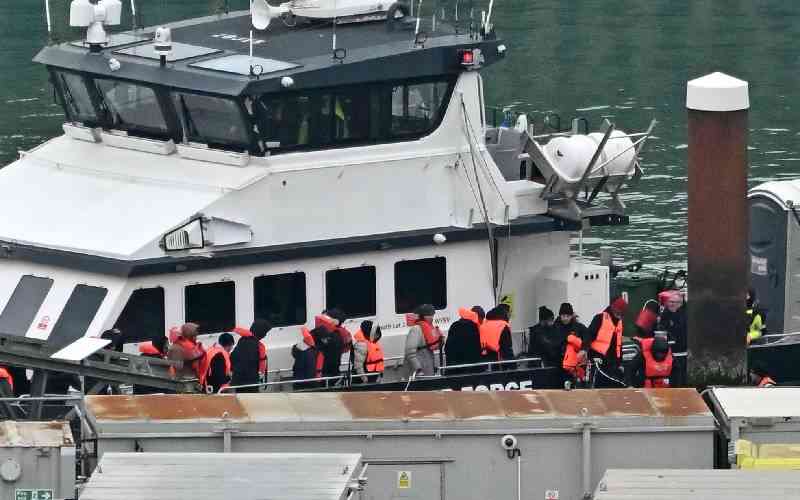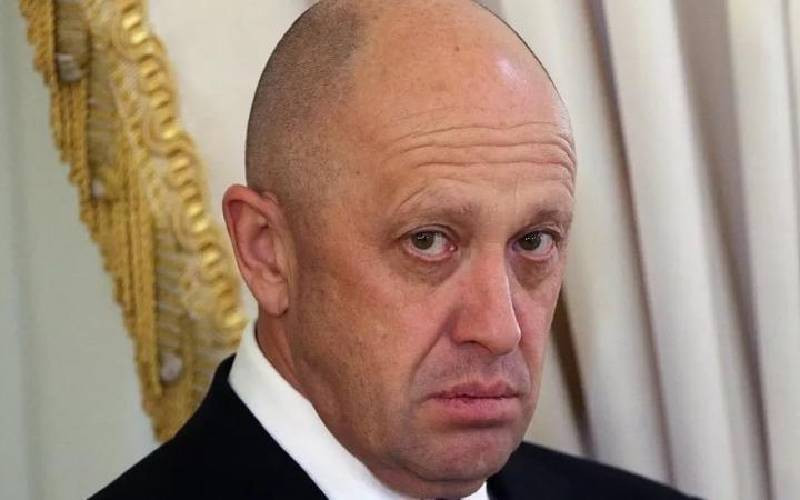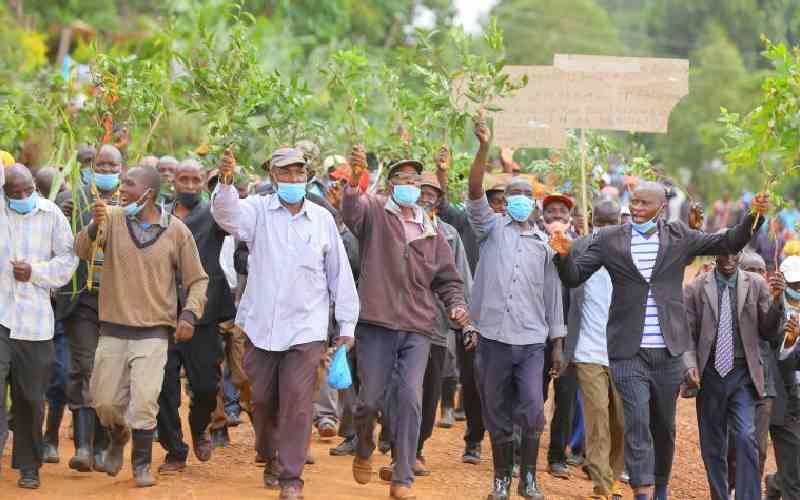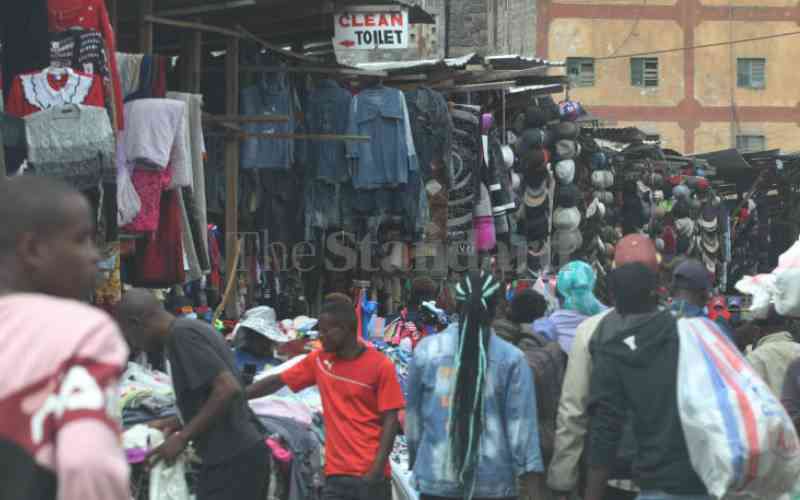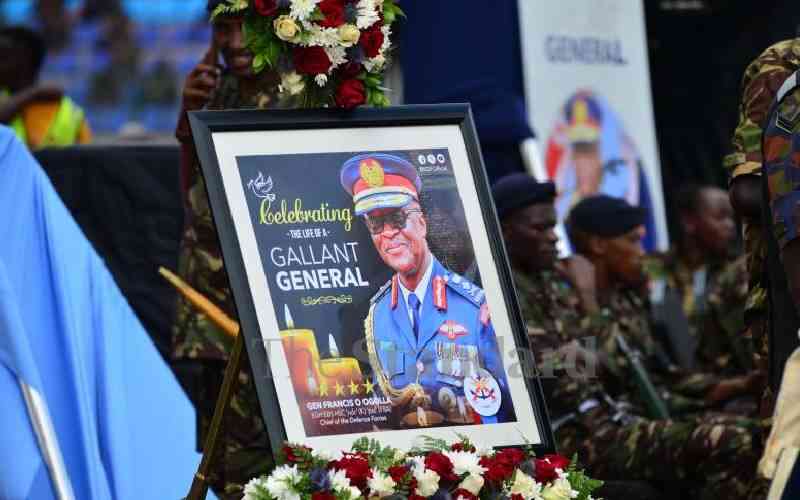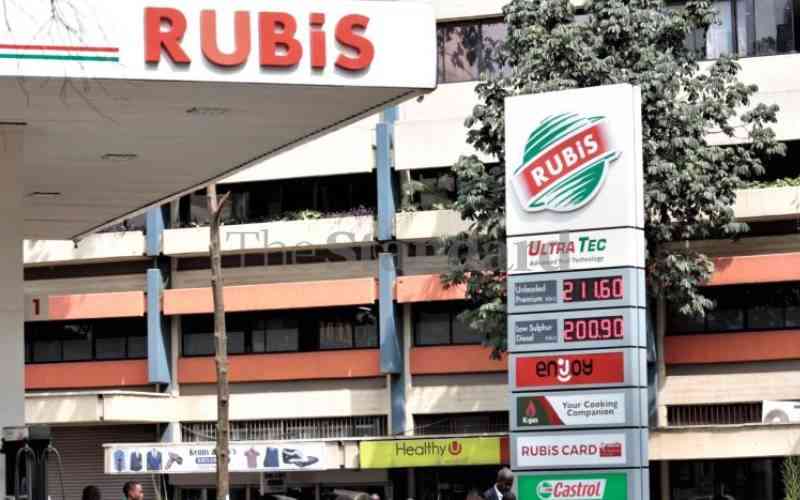Now that the dust is settling on Tuesday’s 14 Riverside Drive terror attack, it is time to ask ourselves and answer a series of difficult questions. Questions such as what ought to have been done to prevent the attack and what may not have been done.
Granted, Tuesday’s response was an improvement from 2013’s Westgate Mall attack. This largely contributed to lesser number of casualties. But still, losing a single life is losing one too many. As such, pertinent questions need answers, if only to ensure lessons are learned and the mistakes are not repeated.
Top on the list is: What intelligence, if any, did our security men and women have regarding Tuesday’s attack?
Intelligence helps in two ways: one, to identify and profile potential attackers, including identifying cases of radicalisation and their motivation; and two, to neuter attackers long before they strike. Intelligence gathering is more effective than weaponry in minimising attacks, and ultimately, saving the country from further trauma.
Which begs the question: how much of this had we gathered with respect to 14 Riverside Drive attack?
The Government at some point announced that it had invested billions of shillings in new security surveillance systems. We spent millions of shillings mounting CCTV cameras in the city and on the streets. Do these still work and if they do, have they been effective in intelligence gathering?
Have we, as a country, invested enough in new intelligence gathering technologies?
Another pertinent question that begs answers is: Is the Nyumba Kumi community policing still working? Proposed by no less than President Uhuru Kenyatta and launched with a lot of fanfare and media blitz six years ago, the initiative was hailed as an effective means to enforce the “be-your-brother’s keeper” principle on matters security.
The plan envisaged restructuring neighbourhoods into 10 household units with a clear leadership structure responsible for the security of concerned households. But with reports indicating that one of the pepertrators of the 14 Riverside Drive atrocity lived conspicuously in a gated community in Kiambu and managed to fool his neighbours that he was just another regular guy, it raises questions on the success of government efforts to win over Kenyans to this vital security and by extension intelligence gathering tool.
It tells you that majority of Kenyans have not been sensitised and made to feel that they are important agents of security; that over time, majority of Kenyans have formed the view that security is someone else’s business. It does not help matters that the standard police treatment of the public is as suspects. This ought to change.
To succeed in the war on terror, we must discard the Not in My Backyard and Mind Your Own Business syndromes that makes it easier for strangers to melt into the society. This has given leeway for unsavoury characters to plot death and destruction in our backyards unnoticed. The truth is, terrorists and their sympathisers do not live in planet Mars, but in our neighbourhoods.
Another question that begs answers from Tuesday’s hour of darkness is the effectiveness (or lack of it) of our border control mechanisms. From past experience, young people have slipped into Somalia to be trained on how to kill and maim and slip back for their sick missions.
So who let this bunch of killers back in? Between the Kenya-Somalia border and Nairobi stand numerous police roadblocks. That Gichunge and his fellow masterminds slipped through is an indictment of men and women in charge of our border points. We are not condemning all of them, but it is public knowledge that for a long time, police roadblocks between Somalia border and Nairobi have been dens of corruption where dangerous fellows pay their way through into the country.
Still on graft, government officials have admitted that the car used was fraudulently registered. The question that begs answers is: who registered it and how many fraudulently registered cars are on our roads? That a car with similar registration details as the attackers’ was found miles away from the scene is again an indictment on relevant departments.
Unless all these and other questions are reflected upon, answered and addressed, we shall remain sitting ducks in the face of terror.
 The Standard Group Plc is a
multi-media organization with investments in media platforms spanning newspaper
print operations, television, radio broadcasting, digital and online services. The
Standard Group is recognized as a leading multi-media house in Kenya with a key
influence in matters of national and international interest.
The Standard Group Plc is a
multi-media organization with investments in media platforms spanning newspaper
print operations, television, radio broadcasting, digital and online services. The
Standard Group is recognized as a leading multi-media house in Kenya with a key
influence in matters of national and international interest.
 The Standard Group Plc is a
multi-media organization with investments in media platforms spanning newspaper
print operations, television, radio broadcasting, digital and online services. The
Standard Group is recognized as a leading multi-media house in Kenya with a key
influence in matters of national and international interest.
The Standard Group Plc is a
multi-media organization with investments in media platforms spanning newspaper
print operations, television, radio broadcasting, digital and online services. The
Standard Group is recognized as a leading multi-media house in Kenya with a key
influence in matters of national and international interest.

